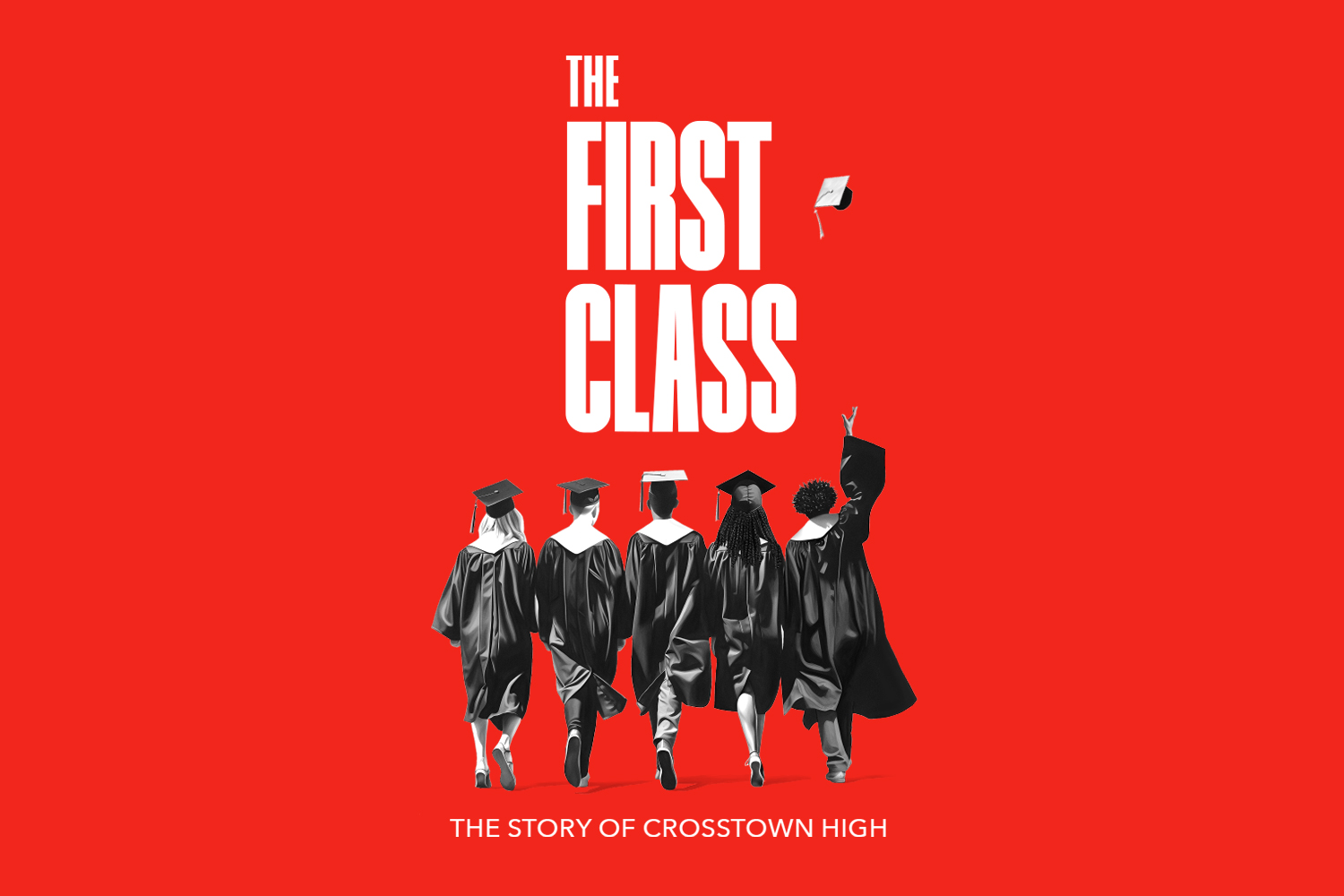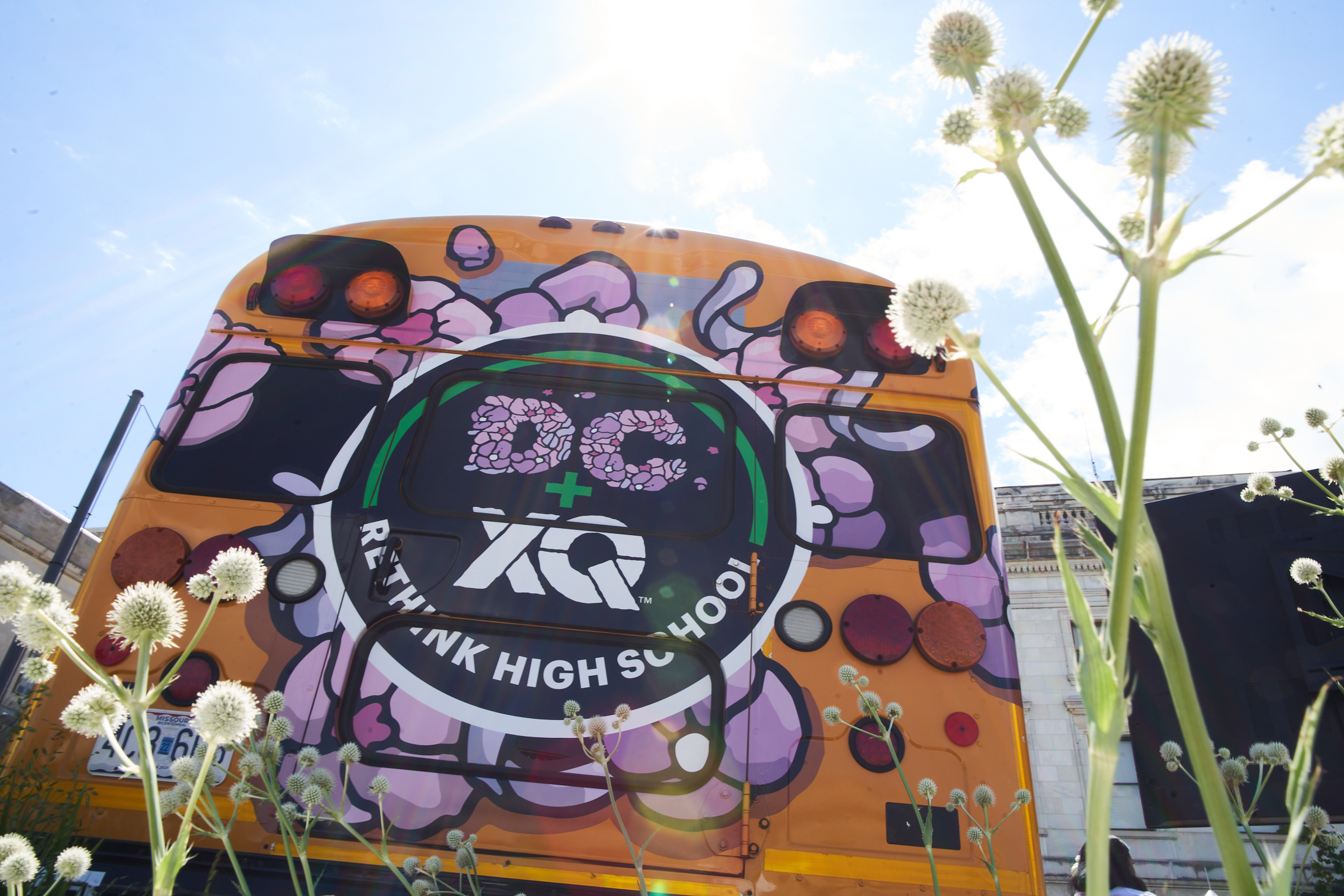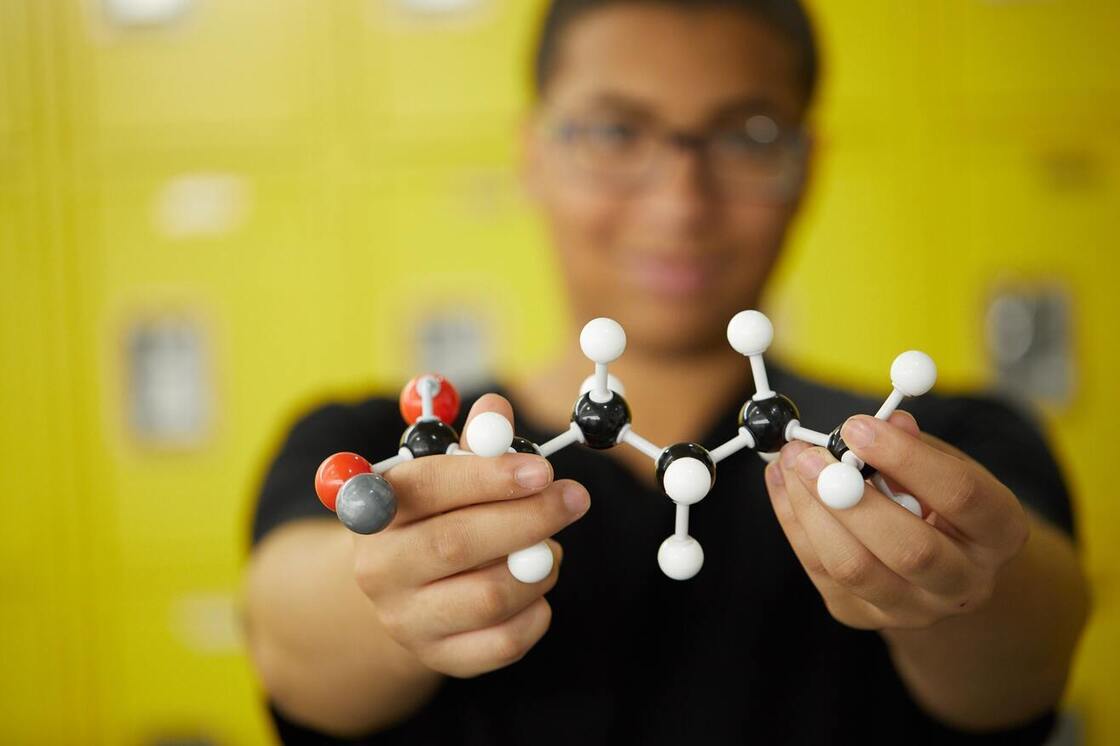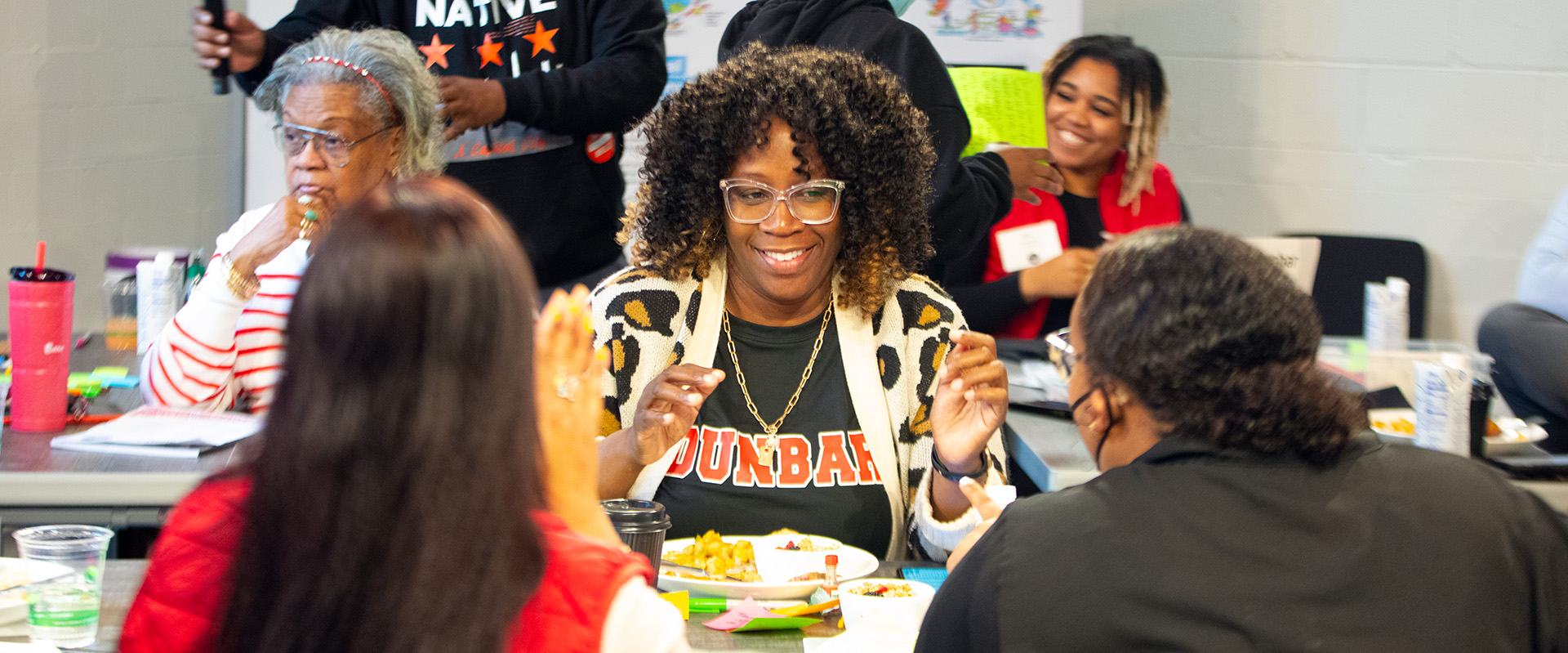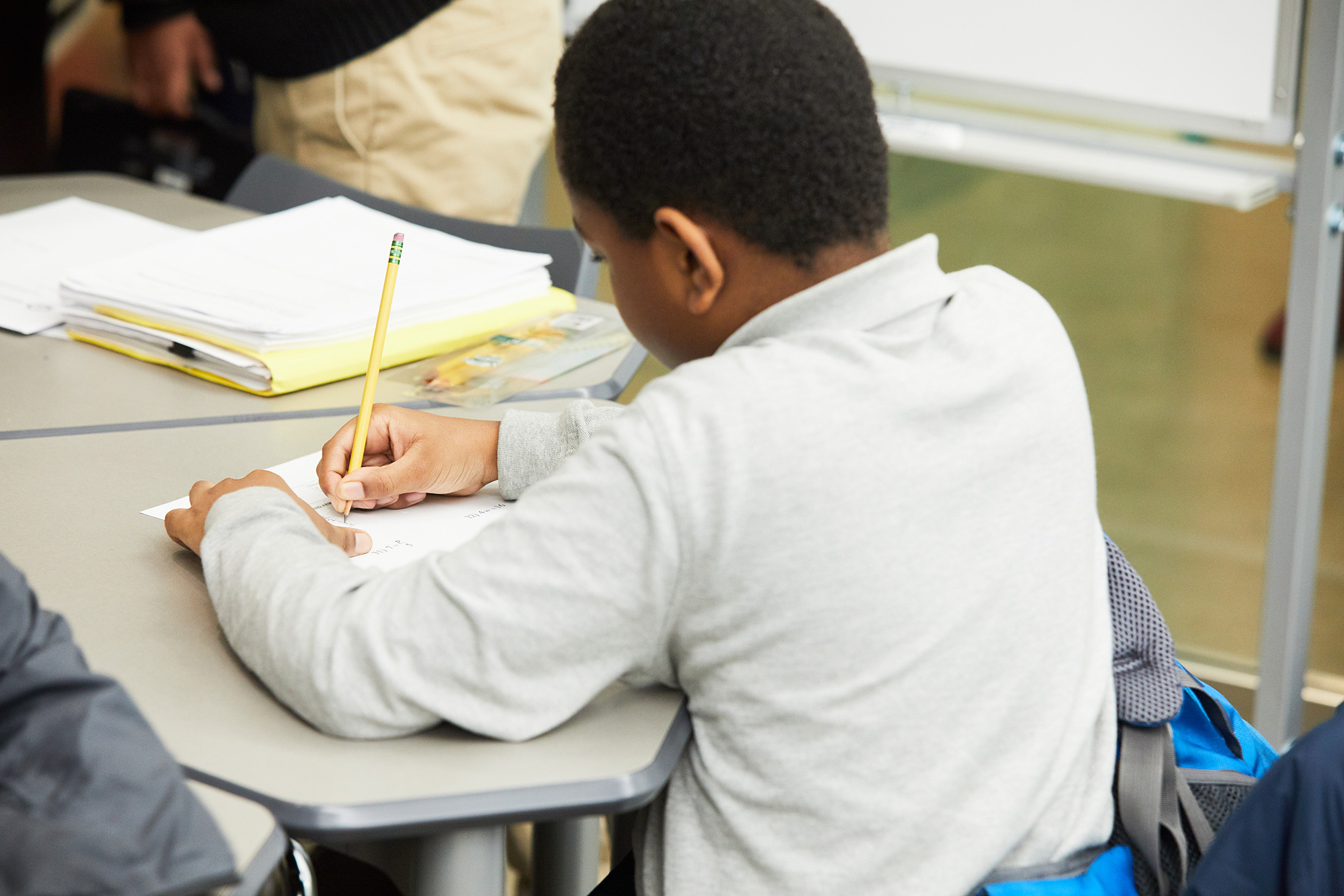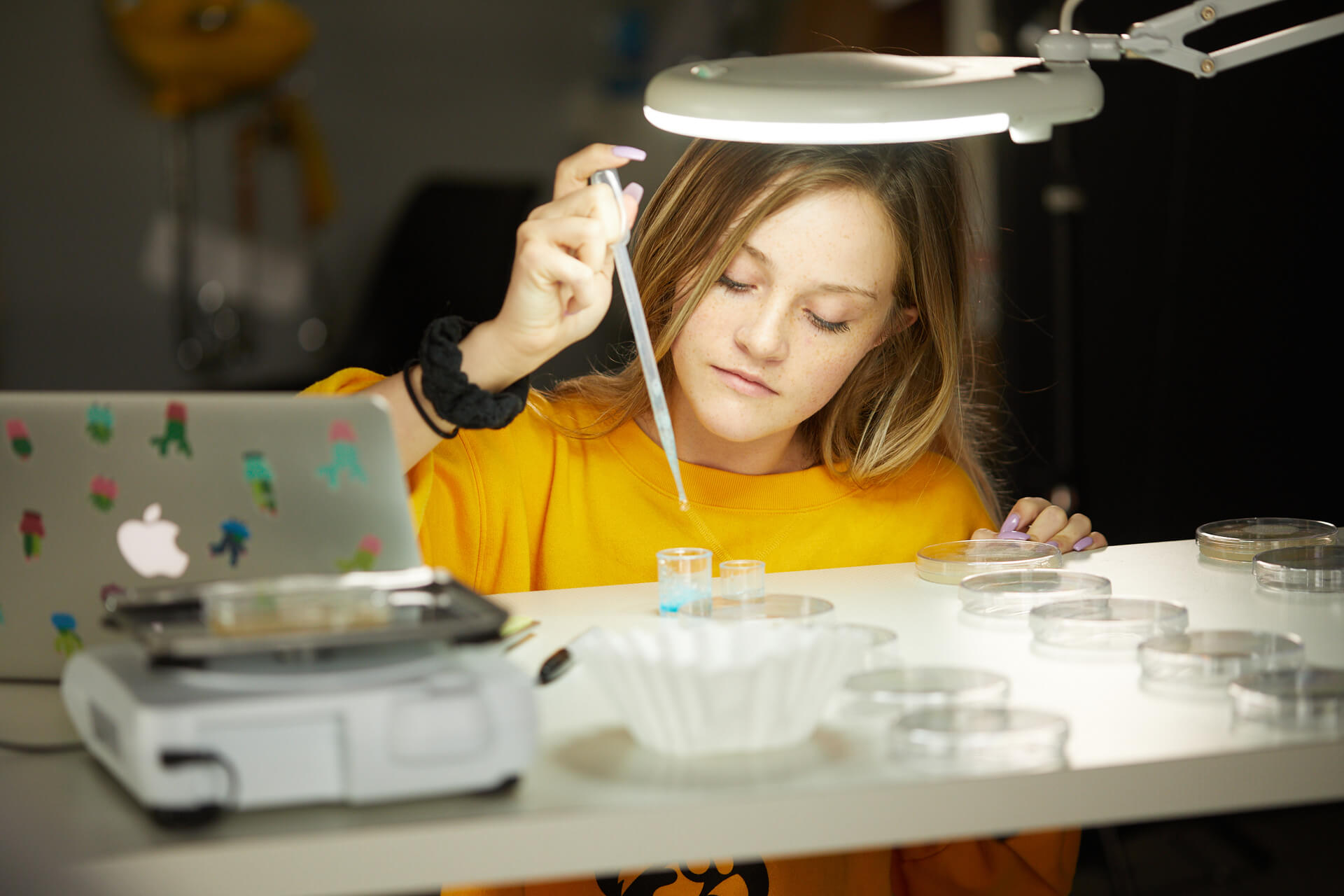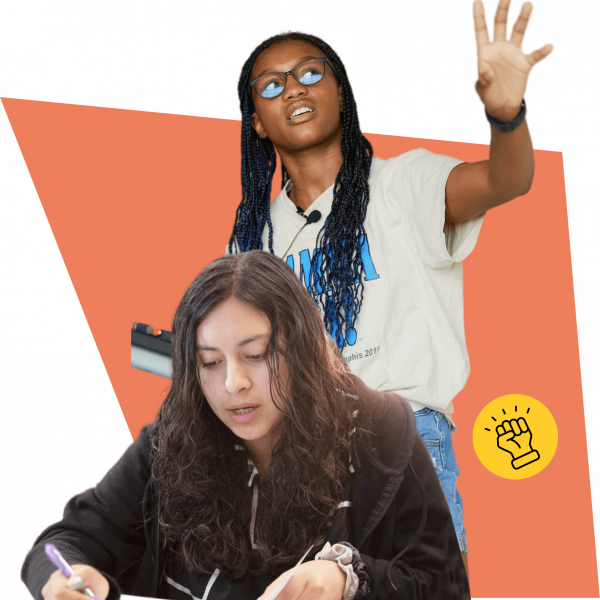Connect Learning to the World Today
Teen writing contests, school aerodynamics advice, support for first-generation students, data transparency, and career-connected learning. Here are 5 resources to help you #ReThinkHighSchool.

Teen writing contests, school aerodynamics advice, support for first-generation students, data transparency, and career-connected learning.
1. TRY: Connecting school to the world today
Over 2,000 students responded to a New York Times challenge to “connect what you’re learning in school with the world today.” The result is 53 creative ideas that draw on op-ed pieces and articles in the Times on timely topics like climate change, race, class, identity, and more. Did you know the Times runs contests for teenagers all year long? The Sixth Annual Student Editorial Contest is open and runs through April 2.
2. WATCH: Navigating school aerodynamics
Admitting that she’s plagued by the question, “What could I have done differently?” as a teacher, Cult of Pedagogy “Head Teacher Nerd” Jennifer Gonzalez described what she calls the Aerodynamics of Exceptional Schools at SXSW EDU. She explained, “In any school, just as in air travel, different forces impact our progress: some of these forces push us forward and lift us up, while others pull us back and drag us down. The success of our schools depends largely on how well we manage these forces.” Watch her keynoteand learn how to “apply wisdom from change management theories, instructional coaching, the tech industry, and even the fitness world to fight weight and drag, increase lift and thrust, and make our schools truly exceptional.”
3. COMMIT: Preparing first-generation students
According to a new brief from Education Dive, “High school can be the perfect setting in which students can practice the skills that will help them be successful in college or the workplace. But those that face more obstacles along the way will require a wide range of strategies and support to persevere through the transition.” The article reviews research on the barriers first-generation college students face and highlights successful strategies some high schools are using to better prepare first-generation college students for college success. Regardless of the approach, it comes down to access and exposure to campus life and college-level rigor.
4. READ: Finding the data
Access to education data is important. Parents, advocacy organizations, researchers, and other stakeholders need this information to understand the performance and quality of schools in their state. That’s why GreatSchools researched data transparency and published a state-by-state assessment. Finding the Data provides a systematic and deeper understanding of how state education agencies compare in accessibility and access, quality, and disaggregation for key student groups. You’ll also find states that are overcoming barriers to data transparency to inspire action in your home state.
5. CONSIDER: Scaling career-connected learning
Career-connected learning programs help students and employers succeed in a rapidly changing economy. The new report, How to Take the Promise of Career-Connected Learning to Scale, gives a clear view of the jobs such programs should be targeting, describes best practices, and offers a roadmap for scaling. Researchers found: a high percentage of good jobs are concentrated in fields such as healthcare, information technology, and advanced manufacturing; the best programs deliver benefits to employers as well as the young people they are hiring; and successful programs must involve a significant number of students and local businesses to make an impact.
X-tra from XQ
Want to reflect on the purpose and goals of high school? Ready to explore what the high school graduates of tomorrow could look like? Here’s an opportunity that starts soon! “Envisioning the Graduate of the Future” is a free online course from MIT Teaching Systems Lab that begins May 2. Participants can earn an edX certificate at no cost upon completion. Enroll now.

